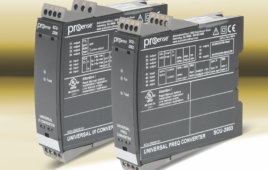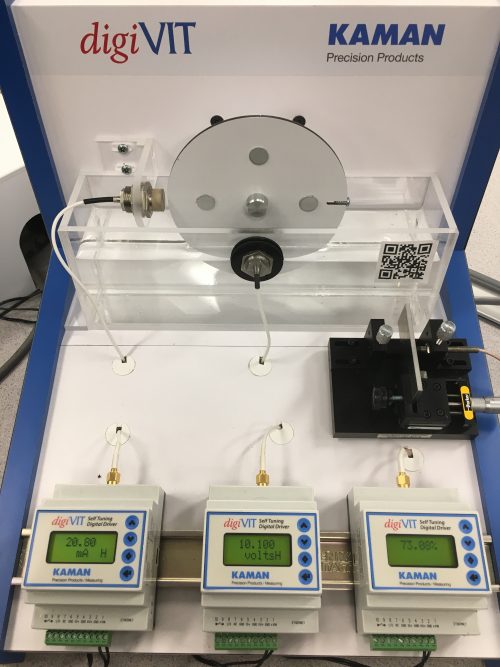Analog Devices, Inc. (NASDAQ: ADI), a global leader in high-performance semiconductors for signal processing applications, introduced an audio-centric addition to its SigmaDSP® processor line that far exceeds the signal processing capabilities of earlier SigmaDSP devices. Improvements in hardware and software enable the ADAU1452 SigmaDSP processor to execute up to three times more audio processing algorithms than its predecessors, providing system designers with more flexibility to improve the audio performance of their products.
The new processor features a unique hardware architecture that is optimized for efficient processing of audio signal flows created using ADIs award winning, user-friendly SigmaStudio graphical programming tool. The ADAU1452 is the first product in the SigmaDSP family of audio processors to allow both time-domain and frequency-domain processing simultaneously. This extends the range of signal processing techniques that can be implemented to solve system design problems.
The ADAU1452 is suited to a variety of products in applications such as automotive infotainment (amplifiers and head units), consumer audio (soundbars, sub-woofers and active speakers), and professional audio (amplifiers, mixers and effects units).
The ADAU1452 features a 1.2-volt, 32-bit DSP core that runs at frequencies up to 294.912 MHz and executes up to 6,144 instructions per sample (the approximate equivalent of 1.2 GMAC/s or 295 MIPS) at the standard sample rate of 48 kHz. The streamlined core architecture allows for more than 3,000 biquad filters to be executed in a single program. The expanded data memories can accommodate FIR filters of up to 24,000 taps in length. The ADAU1452 SigmaDSPs clock generators, on-board asynchronous sample-rate converters and flexible hardware audio routing matrix greatly simplify the design of complex multi-rate audio systems, while the clock hardware and integer phase-locked loop (PLL) generate up to 15 audio sample rates simultaneously.
The ADAU1452 interfaces to a wide range of data converters, digital audio devices, amplifiers, and control circuitry, because of its configurable 48-channel, 32-bit serial ports, stereo S/PDIF interfaces, and multi-purpose input/output pins. It can also directly interface with up to four MEMS microphones using a PDM interface and integrated decimation filter.
Independent slave and master I2C/SPI control ports allow the ADAU1452 not only to be programmed and configured by an external master device, but also to act as the master and directly configure external slave devices. This, combined with self-boot functionality, enables the design of compact standalone systems that do not require an external input to operate.
Pricing and Availability
Analog Devices
www.analog.com
The post Next-Generation SigmaDSP® Processor Unveiled By Analog Devices appeared first on Digital Signal Processing Tips.
Filed Under: Digital Signal Processing Tips




